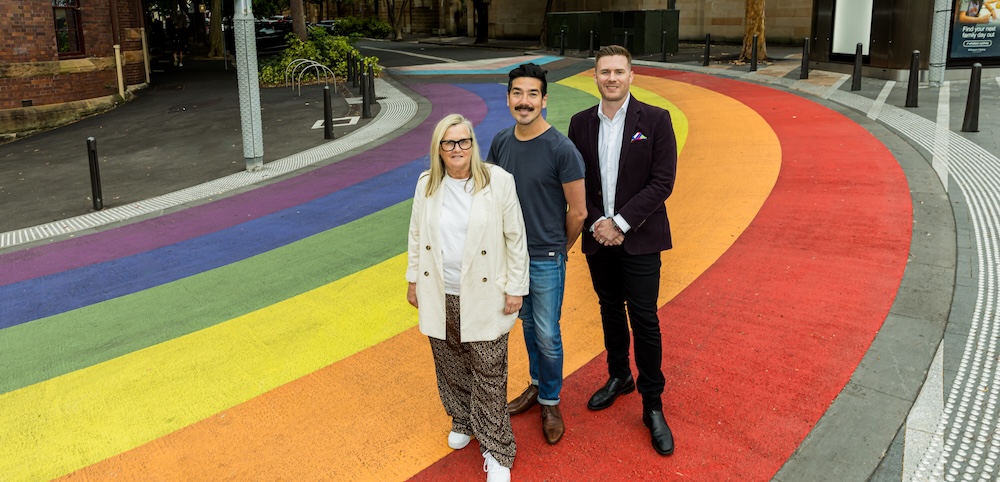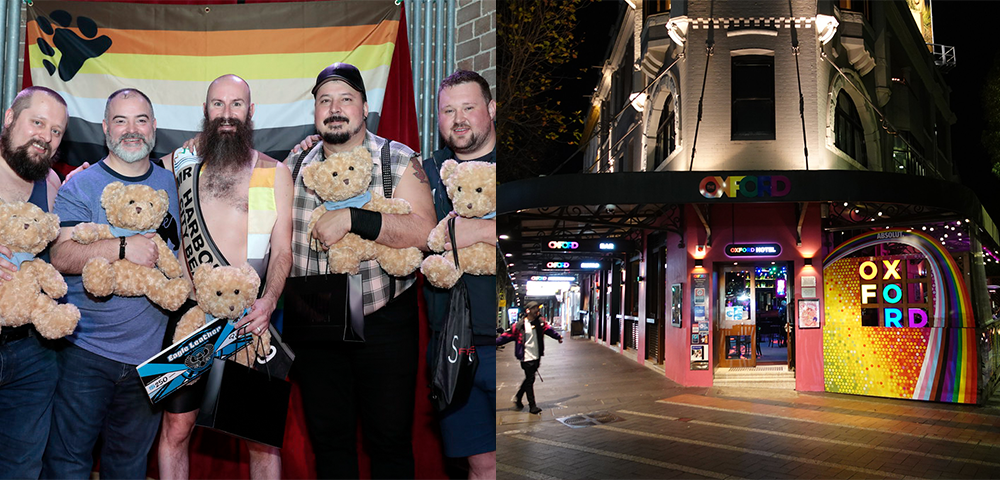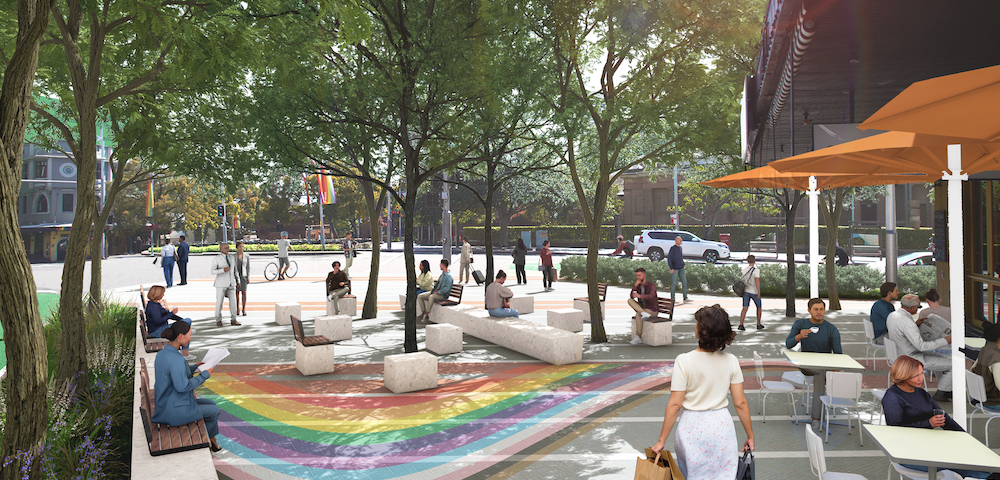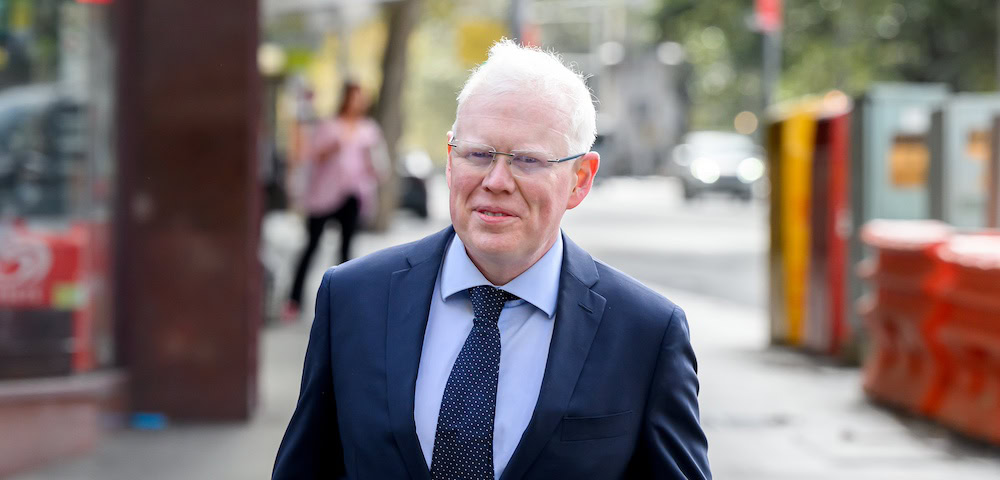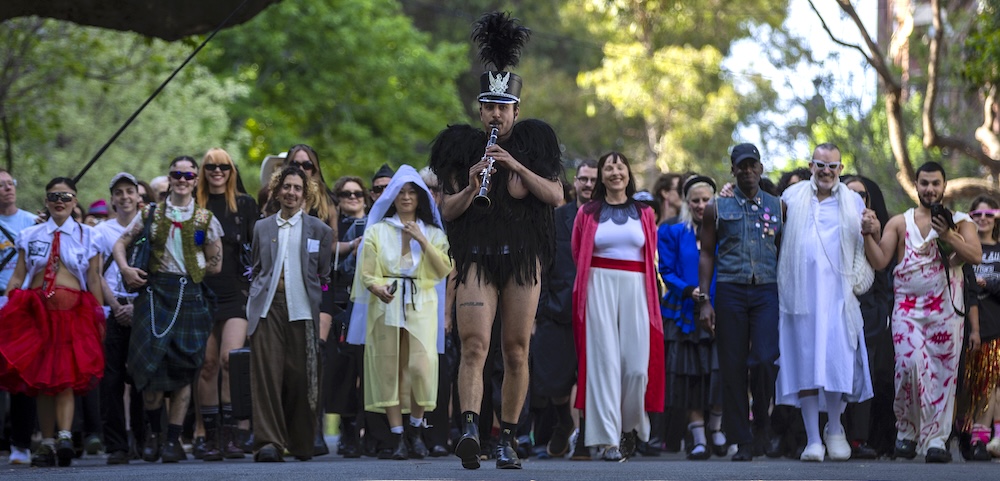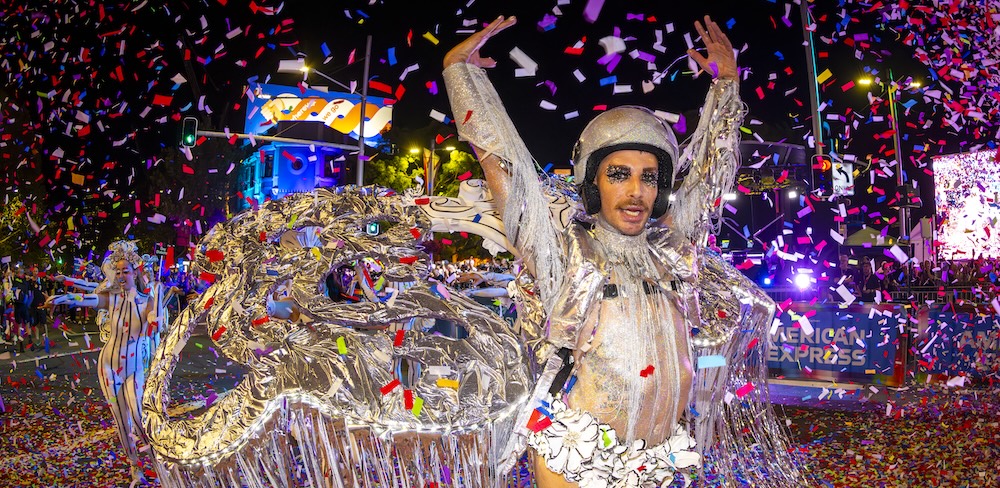
The sacred cows of Mardi Gras
It’s ironic that a gloriously profane event like Mardi Gras could produce its own sacred cows.
But it has, clearly. Every year, the sacred cows of Mardi Gras return to attach themselves to the institution, with a grip which only ever seems to tighten.
Oh sure, in the tumult of 2002 -“ that crazy year when we almost lost Mardi Gras forever -“ we lost a few sacred cows. (Among them: the idea that each year’s Mardi Gras would be bigger than the one preceding it; and the idea that Mardi Gras would produce its own arts festival.) But that was because of dire necessity: the institution had to change or else it would cease to exist.
Many of the sacred cows survived.
So what are they?
They’re ideas, mainly: notions or concepts that get handed down from one Mardi Gras to the next. The expression of these ideas might get tweaked from year to year, but fundamentally they stay the same. They’re reiterated to the point of clich?and their expression is rhetorical. That is: you’re supposed to believe in them; debating them is heresy.
It’s not as though sacred cows are essentially bad -“ the myths, rituals and beliefs that surround Mardi Gras are part of the reason why it’s such a significant event -“ but any ideas that we’re supposed to accept as truths deserve a challenge from time to time, if only for the sheer sport of it.
So if you’re ready, let’s begin. Slaughter-knives ready.
The parade is political
OK, OK, the parade is political -“ in the way that everything is political. Highlighting the fact that we exist and that there are lots of us is a political act. But the Mardi Gras parade is not political in the sense that it leads directly to gay and lesbian law reform.
Consider this: New South Wales has played host, over the past 25 years, to one of the largest celebrations of gay and lesbian life anywhere in the world, yet the state continues to lag behind other Australian jurisdictions in terms of providing equality for its gay and lesbian citizens. Name your issue -“ decriminalisation, equalisation of the age of consent, partnership registration -“ other states always seem to get there first.
The Mardi Gras parade may put our issues out there -“ often as part of floats that are high in earnestness and low in spectacle or amusement value -“ but it doesn’t change anything in itself. Legislative reform comes through campaigning, lobbying and convincing politicians that voting in favour of our issues is the right thing to do.
And maybe it’s not just an irony that New South Wales is both the Mardi Gras state and, often, the last state when it comes to gay and lesbian law reform. Maybe -“ just maybe -“ there is something about the nature of Mardi Gras that results in a hardening of opposition against us, making our law reform needs that much harder to achieve. This doesn’t mean that we should soften our parade for the sake of winning over the scaredy-cat conservatives, but it does mean that we should appreciate the effects of Mardi Gras -“ the negative as well as the positive -“ when we pursue our political issues.
The party is a community celebration
We kid ourselves that the Mardi Gras party is a community celebration: kid ourselves because we mistakenly assume that the party attendees are the community. We look around the dancefloor and think this is us, and in the process we forget about the people who aren’t there: the disabled, the poverty-stricken, the not-yet-out, the fat, the old, the sick, the young, the people who don’t like crowds, the people who don’t like dance music, the people who don’t do drugs.
The party is a bacchanal. It’s a gleeful, full-body embrace of hedonism, not some touchy-feely event we go to in order to get a warm inner glow. And anybody who really wanted a sense of community connectedness from the party could only be disappointed after the third time some drugged-up muscle-pup barges into their space and doesn’t bother to say sorry.
Commentator Kane Race looked at the intersection of the idea of community and the dance party in a recent Australian Humanities Review essay called The Death Of The Dance Party.
If the dance party formed a major source of revenue for community-based organisations, it was also a crucial apparatus within which the notion of community was given popular resonance -“ indeed became widely imaginable as a viable way of contending with the HIV/AIDS epidemic, Race wrote.
What if we were to understand the dance party not as the transparent radiation of community, but as a mediated event through which a sense of community was hallucinated? he asked later. The massed bodies, decorations, lights, drugs, costumes and music combined to produce a powerful and widely accessed perception of presence, belonging, shared circumstance and vitality at a time when the image of the gay man, dying alone, ostracised from family, was the publicly proffered alternative.
But, as Race noted, the sense of community generated by events such as the early Mardi Gras dance parties has lost potency. [The] yearly repetition [of the Mardi Gras party] no longer bears a special poignancy, but smacks of seriality, he stated. The undulating mass no longer appears as a diverse community bound together by a singular sensibility, but takes the shape of a chaotic and alienating crowd. The congregation of bodies is no longer -˜an incredibly powerful statement about being here’, but an aggregate of individual consumers. The dance party starts to manifest -˜the phoney spell of a commodity’.
The young queer in the country
You know the one. He or she is the young poof/dyke/trany/ bisexual growing up in Wagga Wagga or Walgett or Woop Woop who finds a lifeline when he/she sees images of Mardi Gras in the papers or on telly. According to this myth, this moment coincides with a realisation that he/she is not alone, and therefore -“ so the story goes -“ he/she is less likely to kill him/herself.
It’s a powerful story, and it’s used to hammer home the importance of Mardi Gras. And, like all myths, it’s based in reality -“ lots of people from rural areas tell stories about the impact Mardi Gras made on them growing up.
But there’s a danger in this story, too, as American gay activist Eric Rofes told this newspaper when he visited Sydney a couple of years ago.
We’ve linked suicidal ideation or suicidal feelings to gay youth identity in a way that I’m not sure is very wise, he said then. I know right now that if you want to get funding to work on gay youth issues you frame your proposal around gay youth depression and suicide. It’s a perpetual cycle. People don’t want to fund you because gay youth are doing OK and they need a lot of support; they fund you because gay youth are going to kill themselves unless you get this funding.
But perhaps the Mardi-Gras-as-lifeline-to-country-kids myth is already being supplanted. Increasingly, young people tell stories about making first contact with a visible gay and lesbian culture not via Mardi Gras, but through the internet.
It’s gay & lesbian
The biggest sacred cow of them all. A decision by New Mardi Gras -“ announced in late 2002 -“ to change the name of the parade to simply the Sydney Mardi Gras was hastily changed after howls of protest from gay men and lesbians across Sydney. It was an interesting moment for this community: a moment when we chose identity politics over integration with the mainstream. After years of talk about how pass?e all think gayness is and how we’re all getting on with our lives now as human beings (rather than emissaries from the planet queer), we found that we weren’t quite ready to live without our labels just yet. Perhaps we’re a little bit less groovy than we thought.




